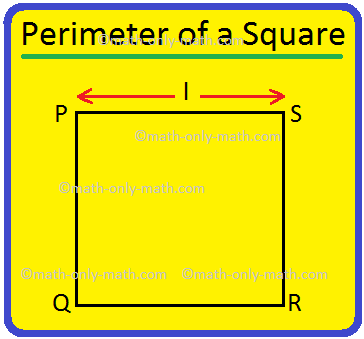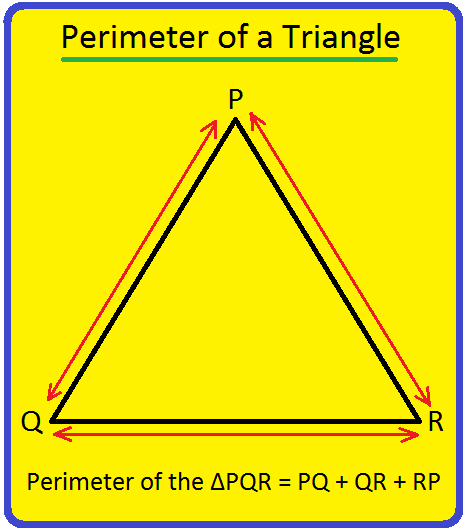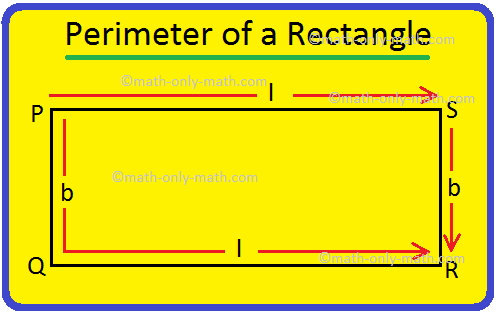Calculating Profit Percent and Loss Percent
In calculating profit percent and loss percent we will learn about the basic concepts of profit and loss. We will recall facts and formula while calculating profit percent and loss percent. Now we will apply the concept of percentage to find profit/loss in selling and buying of goods in our day to day life.
Cost price (CP) The amount for which an article is bought is called its cost price.
Selling price (SP) The amount for which an article is sold is called its selling price.
Profit or gain When (SP) > (CP) then there is a gain.
Gain = (SP) - (CP)
Loss When (SP) < (CP) then there is a loss.
Loss = (CP) - (SP).
Notes:
The gain or loss is always reckoned on the cost price
Calculating Profit Percent and Loss Percent
Profit and loss formulas for calculating profit% and loss%:
I. Gain = (SP) - (CP)
II. Loss = (CP) - (SP)
III. Gain% = (gain / CP × 100)%
IV. Loss % = (loss/ CP × 100)%
V. To find SP when CP and gain% or loss% are given:
● SP = [(100 + gain %) / 100] × CP
● SP = {(100 - loss %) /100} × CP
VI. To find CP when SP and gain% or loss% are given:
● CP = {100/(100 + gain %)} × SP
● CP = {100 /(100 - loss %)} × SP
Calculating Profit Percent and Loss Percent
Worked-out problems on calculating profit percent and loss percent:
1. Mike bought a DVD for $ 750 and sold it for $ 875. Find Mike's gain per cent.
Solution:
CP = $ 750 and SP = $ 875.
Since (SP) > (CP), Mike makes a gain.
Gain = $ (875 - 750)
= $ 125.
Gain% = {(gain/CP) × 100} %
= {(125/750) × 100} %
= (50/3) %
= 16 (2/3) %
2. Ron purchased a table for $ 1260 and due to some scratches on its top he had to sell it for $ 1197. Find his loss per cent.
Solution:
CP Rs.1260 and SP = $ 1197.
Since (SP) < (CP), Ron makes a loss.
Loss = $ (1260 - 1197)
= $ 63.
Loss % = [(loss / CP) × 100] %
= [(63 / 1260) × 100] %
= 5%
In calculating profit percent and loss percent, sometimes after purchasing an article, we have to pay some more money for things like transportation, repairing charges, local taxes, These extra expenses are called overheads.
For calculating the total cost price, we add overheads to the purchase price.
3. Maddy purchased an old scooter for $ 12000 and spent $ 2850 on its overhauling. Then, he sold it to his friend Sam for $ 13860. How much per cent did he gain or lose?
Solution:
Cost price of the scooter = $ 12000, overheads = $ 2850.
Total cost price = $ (12000 + 2850) = $ 14850.
Selling price = $ 13860.
Since (SP) < (CP), Maddy makes a loss.
Loss = $ (14850 - 13860) = $ 990.
Loss = [(loss / total CP) × 100] %
= [(990 / 14850) × 100] %
= 6
4. Ron ought an almirah for $ 6250 and spent $ 375 on its repairs. Then, he sold it for $ 6890. Find his gain or loss per cent.
Solution:
CP of the almirah = $ 6250,
Overheads = $ 375.
Total cost price = $ (6250 + 375)
= $ 6625.
Selling price = $ 6890.
Since, (SP) > (CP), Ron gains.
Gain% = $ (6890 - 6625)
= $ 265.
Gain% = [(gain / total CP) × 100] %
= [(265 / 6625) × 100] %
= 4 %
5. A vendor bought oranges at 20 for $ 56 and sold them at $ 35 per dozen. Find his gain or loss per cent.
Solution:
LCM of 20 and 12 = (4 × 5 × 3) = 60.
Let the number of oranges bought be 60.
CP of 20 oranges = $ 56
CP of 1 orange = $ (56 / 20)
CP of 60 oranges = $ [(56 / 20) × 60] = $ 168
SP of 12 oranges = $ 35
SP of 1 orange = $ [(35 / 12) × 60] = $ 175
Therefore, CP = $ 168 and SP = $ 175.
Since, (SP) > (CP), the vendor gains.
Gain = $ (175 - 168) = $ 7.
Gain % = [(gain / CP) × 100] %
= [(7 / 168) × 100] %
= 25 / 6 %
= 4 ¹/₆ %
6. If the cost price of 10 pens is equal to the selling price of 8 pens, find the gain or loss per cent.
Solution:
Let the cost price of each card be $ x
Then, CP of 8 pens = $ 8x.
SP of 8 pens = CP of 10 pens = $ 10x.
Thus, CP = $ 8x and SP = $ 10x.
Since, (SP) > (CP), there is a gain.
Gain = $ (10x - 8x) = $ 2x.
Gain % = [(gain / CP) × 100] %
= [(2x / 8x) × 100] %
= 25%
● Profit, Loss and Discount
Calculating Profit Percent and Loss Percent
Word Problems on Profit and Loss
Examples on Calculating Profit or Loss
Practice Test on Profit and Loss
Practice Test on Profit Loss and Discount
● Profit, Loss and Discount - Worksheets
Worksheet to Find Profit and Loss
Worksheets on Profit and Loss Percentage
Worksheet on Gain and Loss Percentage
8th Grade Math Practice
From Calculating Profit Percent and Loss Percent to HOME PAGE
Didn't find what you were looking for? Or want to know more information about Math Only Math. Use this Google Search to find what you need.
Recent Articles
-
Perimeter of a Square | How to Find the Perimeter of Square? |Examples
Apr 25, 24 05:34 PM
We will discuss here how to find the perimeter of a square. Perimeter of a square is the total length (distance) of the boundary of a square. We know that all the sides of a square are equal. Perimete… -
Perimeter of a Triangle | Perimeter of a Triangle Formula | Examples
Apr 25, 24 05:13 PM
We will discuss here how to find the perimeter of a triangle. We know perimeter of a triangle is the total length (distance) of the boundary of a triangle. Perimeter of a triangle is the sum of length… -
Perimeter of a Rectangle | How to Find the Perimeter of a Rectangle?
Apr 25, 24 03:45 PM
We will discuss here how to find the perimeter of a rectangle. We know perimeter of a rectangle is the total length (distance) of the boundary of a rectangle. ABCD is a rectangle. We know that the opp… -
Dividing 3-Digit by 1-Digit Number | Long Division |Worksheet Answer
Apr 24, 24 03:46 PM
Dividing 3-Digit by 1-Digit Numbers are discussed here step-by-step. How to divide 3-digit numbers by single-digit numbers? Let us follow the examples to learn to divide 3-digit number by one-digit nu… -
Symmetrical Shapes | One, Two, Three, Four & Many-line Symmetry
Apr 24, 24 03:45 PM
Symmetrical shapes are discussed here in this topic. Any object or shape which can be cut in two equal halves in such a way that both the parts are exactly the same is called symmetrical. The line whi…





